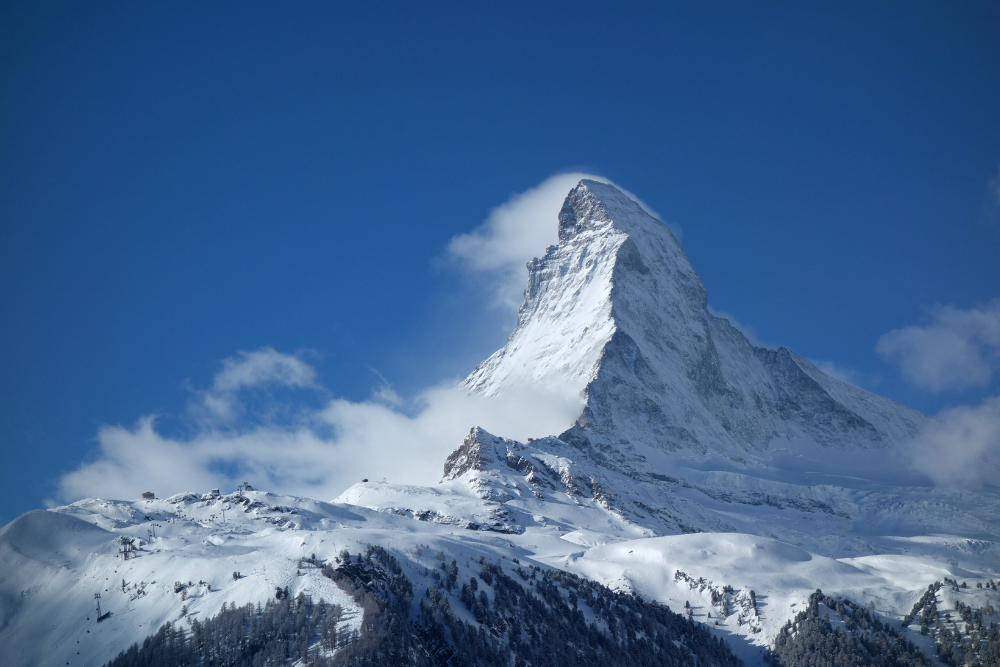The Matterhorn, with its striking pyramid shape and towering presence, is one of the most recognizable mountains in the world. Straddling the border between Switzerland and Italy, it rises 4,478 meters (14,692 feet) above sea level and dominates the landscape of the Pennine Alps. Over the centuries, the Matterhorn has inspired awe, fear, and admiration, making it a central figure in Swiss history, mountaineering lore, and cultural identity. This article explores the history of the Matterhorn, from its geological formation and early legends to its first ascent and role in modern-day tourism.
Geological Origins of the Matterhorn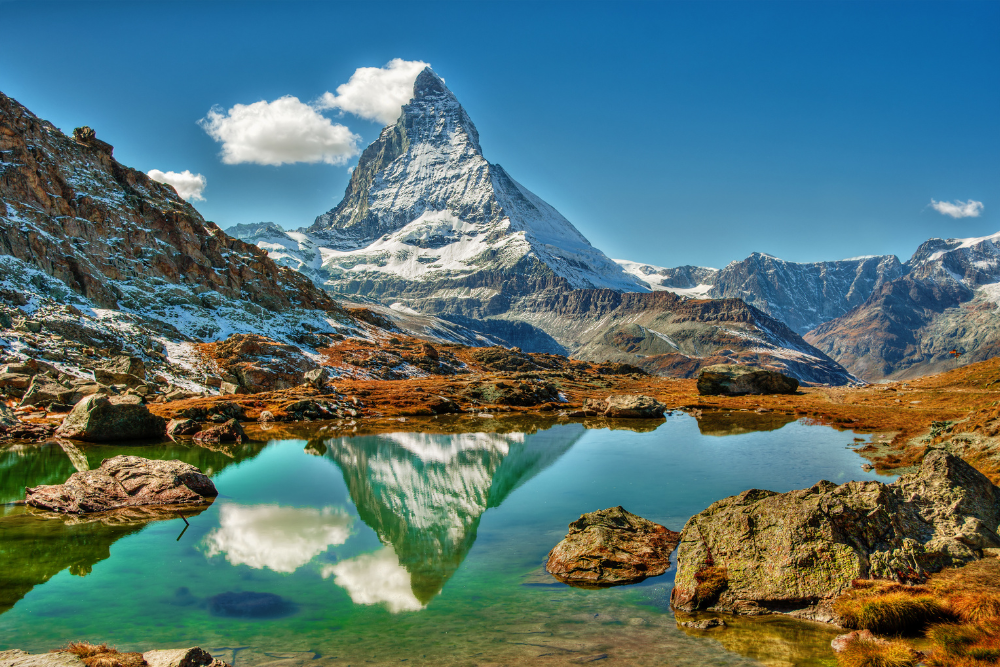
The Matterhorn’s dramatic peak is the result of millions of years of geological activity. The mountain was formed during the Alpine orogeny, a period of mountain-building that began around 100 million years ago when the African and Eurasian tectonic plates collided. This immense pressure forced rock layers to fold and rise, giving birth to the Alps.
What makes the Matterhorn particularly fascinating is that the upper part of the mountain consists of rock from the African plate, which was pushed over European rock during the collision. This means that climbers who reach the summit are technically standing on a piece of Africa. The sharp, pyramidal shape of the mountain was later sculpted by glaciation, as glaciers carved away weaker rock over thousands of years, leaving behind the jagged peak we see today.
The Matterhorn in Mythology and Folklore
Before the mountain became a challenge for alpinists, it was steeped in local folklore. For centuries, the Matterhorn was regarded with a mix of reverence and superstition by the people of the surrounding valleys. Many believed the peak was cursed or inhabited by spirits, preventing them from attempting to climb it.
One legend tells of malevolent spirits dwelling in the mountain, punishing those who dared to approach it. Another tale suggests that the Matterhorn was once a giant who was turned to stone as punishment for his misdeeds. Such myths, combined with the mountain’s daunting appearance, discouraged early attempts at climbing it.
The Golden Age of Mountaineering and the First Ascent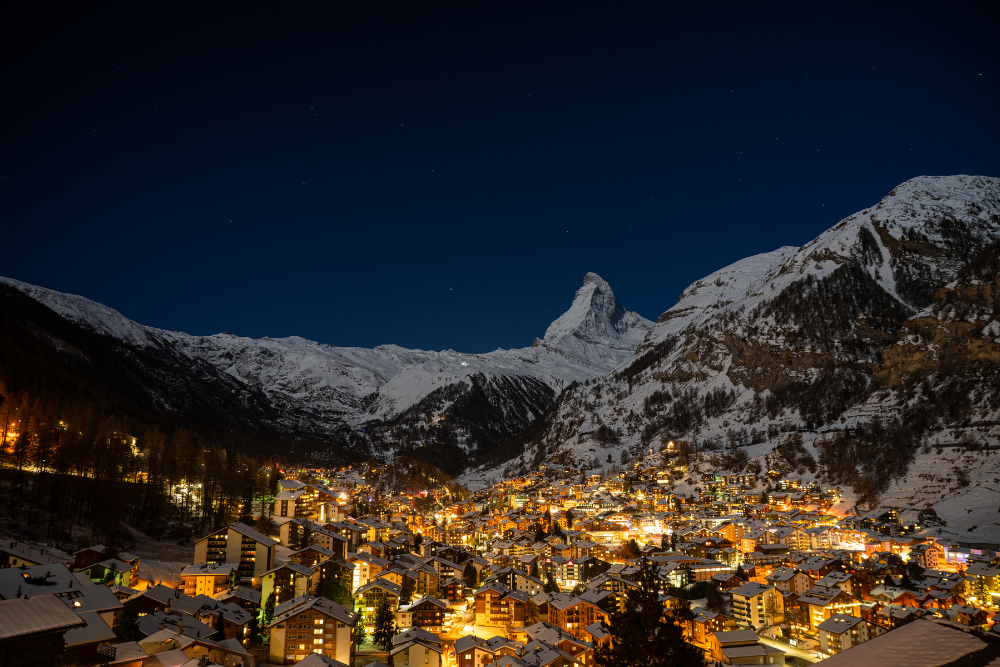
By the 19th century, mountaineering had become a popular pursuit among European adventurers, and many climbers set their sights on the unconquered peaks of the Alps. The Matterhorn, however, remained one of the last great challenges. While other major summits in the region had been climbed, the Matterhorn’s steep, icy faces made it seem impossible to scale.
The race to conquer the mountain culminated in 1865, when British climber Edward Whymper led a team in a daring attempt to reach the summit. On July 14, 1865, Whymper and six companions—including French guide Michel Croz and Swiss climbers Peter Taugwalder (father and son)—made history by reaching the top via the Hörnli Ridge.
However, their triumph soon turned to tragedy. During the descent, four members of the team—Croz, Douglas Hadow, Charles Hudson, and Lord Francis Douglas—fell to their deaths when a rope snapped. This disaster cast a shadow over the achievement and sparked controversy, with some questioning whether the rope had been deliberately cut to save Whymper and the Taugwalders. Despite the tragedy, Whymper’s successful ascent cemented the Matterhorn’s place in mountaineering history.
The Matterhorn’s Role in Swiss Tourism
The first ascent of the Matterhorn marked the beginning of a new era for Swiss tourism. The dramatic tale of Whymper’s climb attracted worldwide attention, drawing mountaineers and sightseers to the region. By the late 19th century, Zermatt, the town at the foot of the mountain, had transformed into a thriving tourist destination.
The expansion of railways made the area more accessible, and in 1898, the Gornergrat Railway opened, offering visitors breathtaking views of the Matterhorn without the need for climbing. Later, the construction of the Klein Matterhorn cable car (now part of the Matterhorn Glacier Paradise) allowed tourists to reach the highest accessible point in Europe by cable car, providing a close-up view of the legendary peak.
Modern Mountaineering and Challenges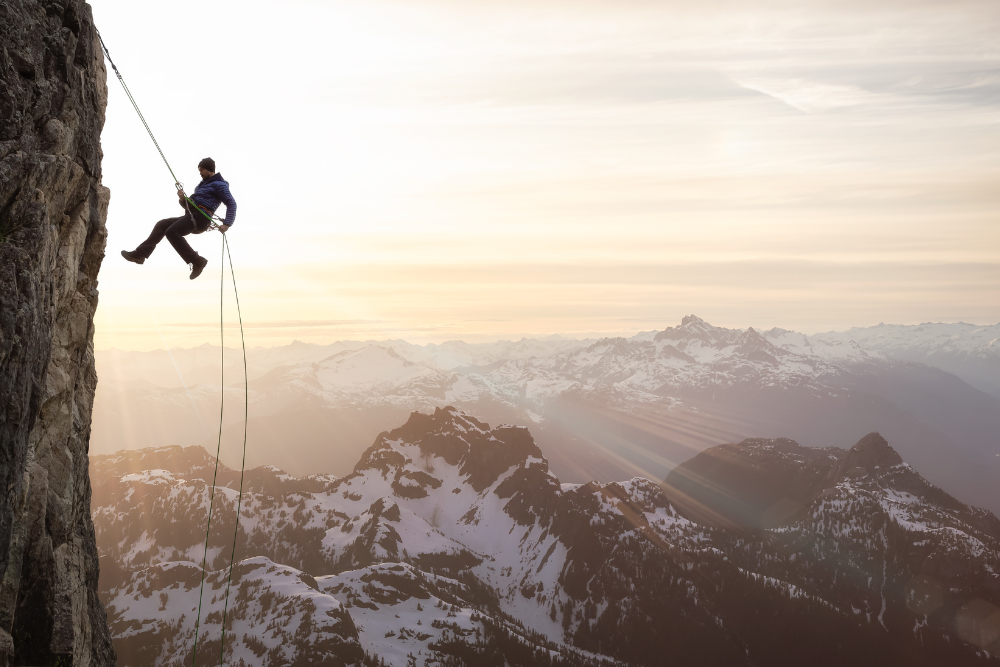
Today, the Matterhorn remains one of the most sought-after summits for climbers. Thousands of alpinists attempt to reach the top each year, with most following the Hörnli Ridge route. However, the climb is far from easy—despite modern equipment, guides, and improved safety measures, the Matterhorn continues to claim lives annually due to avalanches, rockfalls, and sudden weather changes.
To mitigate risks, climbers must be physically fit, well-prepared, and ideally accompanied by experienced mountain guides. The Swiss authorities have also taken steps to regulate climbing activities and ensure environmental conservation, recognizing the mountain’s significance beyond just mountaineering.
The Matterhorn in Popular Culture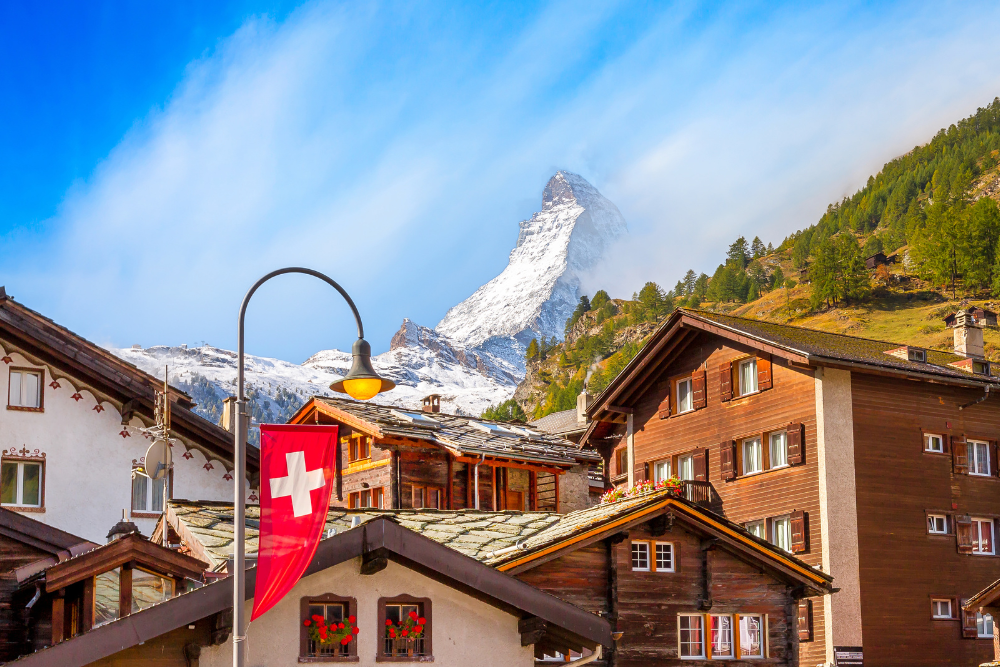
Beyond mountaineering, the Matterhorn has become a powerful symbol of Switzerland. Its image appears on Swiss chocolate (Toblerone), postage stamps, and tourism advertisements, reinforcing its status as an icon of the country. The mountain has also inspired artists, writers, and filmmakers, featuring in countless books, paintings, and even theme park attractions, such as Disneyland’s Matterhorn Bobsleds.
Its influence extends to scientific research as well. Climate change studies have focused on the Matterhorn to track the effects of warming temperatures on permafrost and glaciers. Scientists have observed increased rockfalls due to melting ice, raising concerns about the long-term stability of the mountain’s ridges.
Conclusion
The Matterhorn’s history is one of awe-inspiring beauty, legendary feats, and tragic losses. From its formation through geological upheaval to its role in myths and mountaineering, the mountain has fascinated people for centuries. The first ascent in 1865 changed the course of Alpine history, and today, the Matterhorn remains a symbol of adventure, perseverance, and natural grandeur. Whether admired from a distance or climbed by the brave, Switzerland’s most iconic mountain continues to captivate and inspire.



